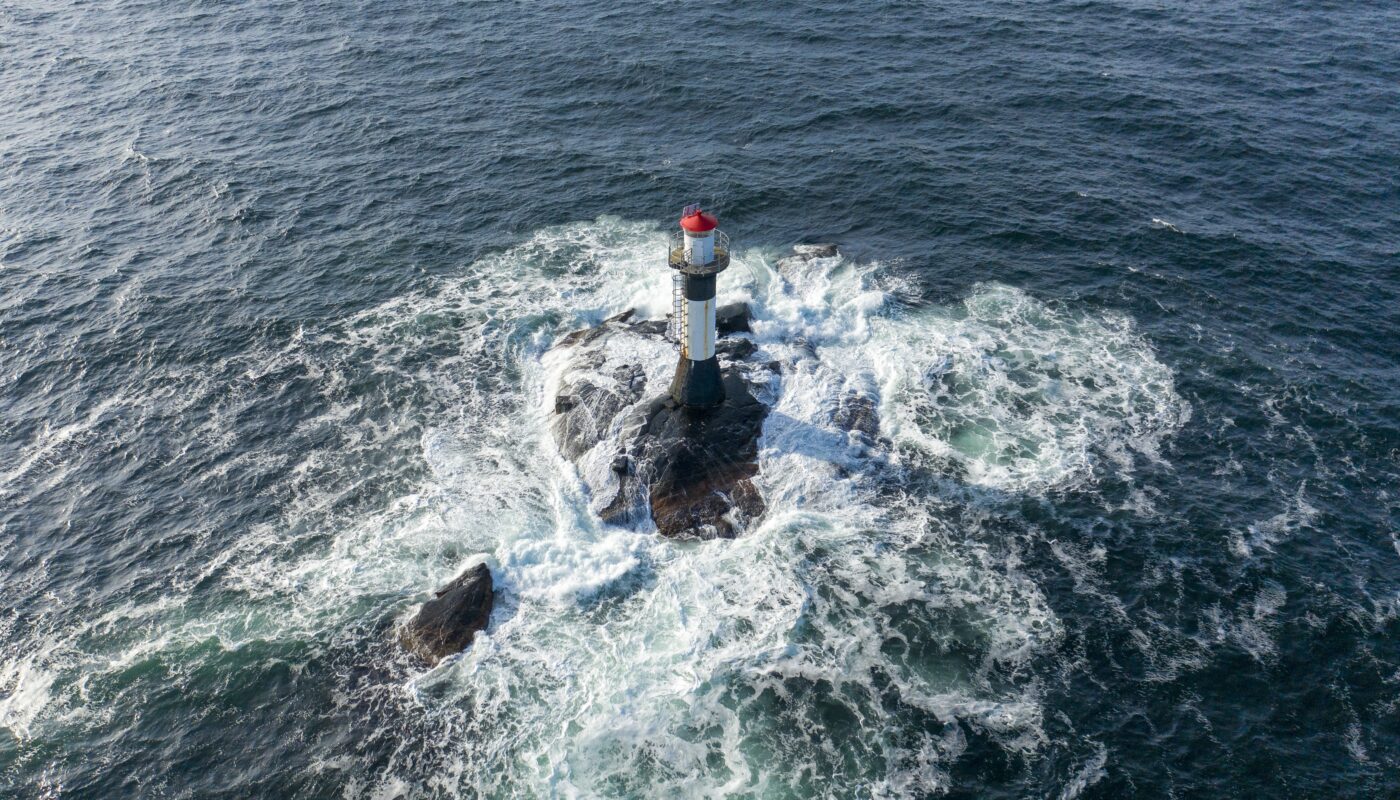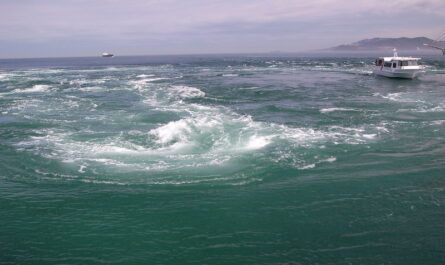The Atlantic Ocean, covering about 20% of Earth’s surface, is a vast and mysterious body of water teeming with life and geological wonders. For centuries, humans have been fascinated by its depths, yet much of it remains unexplored. Today, advancements in technology are revolutionizing oceanographic research, allowing scientists to uncover the secrets of the deep sea like never before. From sophisticated remote-operated vehicles (ROVs) to cutting-edge sensors and artificial intelligence (AI), technology is reshaping our understanding of the Atlantic’s underwater world.
The Importance of Studying the Atlantic Ocean
The Atlantic Ocean plays a critical role in regulating Earth’s climate, supporting biodiversity, and providing resources for human use. Understanding its ecosystems, geological formations, and water circulation patterns is essential for addressing global challenges such as climate change, biodiversity loss, and sustainable resource management.
Key Areas of Research
- Marine Biodiversity: The Atlantic is home to countless species, many of which are still undiscovered. Research focuses on cataloging these species and understanding their roles in the ecosystem.
- Ocean Circulation: The Atlantic Meridional Overturning Circulation (AMOC) significantly impacts global weather patterns and climate.
- Seafloor Geology: The Atlantic harbors geological features like mid-ocean ridges, hydrothermal vents, and underwater mountains that are key to understanding Earth’s geological processes.
Technological Advancements in Oceanographic Research
Modern technology has revolutionized how scientists study the Atlantic, enabling exploration of its deepest and most remote regions. Below are some of the groundbreaking tools and techniques driving this progress:
1. Autonomous Underwater Vehicles (AUVs)
AUVs are unmanned, self-propelled vehicles equipped with sensors and cameras. They are designed to operate independently, making them ideal for exploring areas that are too deep or dangerous for human divers.
- Applications:
- Mapping the seafloor with high-resolution sonar.
- Collecting water samples to analyze temperature, salinity, and nutrient levels.
- Capturing images of deep-sea ecosystems and geological features.
2. Remote-Operated Vehicles (ROVs)
ROVs are remotely controlled by operators aboard research vessels. They are equipped with robotic arms, cameras, and sampling tools, allowing scientists to interact directly with the underwater environment.
- Notable Contributions:
- Discovery of new hydrothermal vent systems along the Mid-Atlantic Ridge.
- Collection of biological samples from deep-sea organisms.
- Examination of shipwrecks and underwater archaeological sites.
3. Ocean Observatories
Fixed ocean observatories equipped with sensors and cameras provide continuous data on ocean conditions. Examples include the Ocean Observatories Initiative (OOI) and the European Multidisciplinary Seafloor and Water Column Observatory (EMSO).
- Significance:
- Monitoring ocean currents and temperature changes over time.
- Tracking marine life movements and behavior.
- Collecting data on seismic activity and underwater volcanic eruptions.
4. Satellite Technology
Satellites provide a bird’s-eye view of the Atlantic, offering insights into large-scale oceanic phenomena.
- Capabilities:
- Measuring sea surface temperatures and sea level changes.
- Tracking algal blooms and oil spills.
- Observing large marine animal migrations, such as those of whales and sea turtles.
5. Artificial Intelligence and Big Data
AI and machine learning algorithms analyze vast amounts of data collected from various sources, enabling faster and more accurate insights.
- Examples:
- Identifying patterns in ocean currents and climate data.
- Classifying species based on image and sound recordings.
- Predicting the impact of human activities on marine ecosystems.
6. Advanced Sensors and Sampling Equipment
Modern sensors can detect minute changes in water chemistry, temperature, and pressure, while advanced sampling tools allow scientists to collect specimens from extreme environments.
- Key Uses:
- Studying the chemistry of hydrothermal vent fluids.
- Measuring carbon dioxide levels in the deep ocean.
- Sampling microorganisms from the ocean floor.
Breakthrough Discoveries in the Atlantic Ocean
Technological advancements have led to several groundbreaking discoveries in the Atlantic, shedding light on its mysteries:
1. Hydrothermal Vent Systems
Hydrothermal vents are underwater geysers that release mineral-rich fluids, creating unique ecosystems. Recent explorations have revealed new vent systems along the Mid-Atlantic Ridge, home to bizarre organisms like giant tube worms and blind shrimp.
2. Deep-Sea Species
The use of ROVs and AUVs has led to the discovery of numerous deep-sea species, including bioluminescent fish, giant squid, and previously unknown types of coral. These findings highlight the immense biodiversity of the Atlantic.
3. Submarine Canyons
Exploration of submarine canyons has unveiled their role as biodiversity hotspots and sediment transport pathways. These features are critical for understanding oceanic ecosystems and geological processes.
4. Climate Change Insights
Ocean observatories and satellites have provided valuable data on how climate change is affecting the Atlantic. Rising temperatures, melting polar ice, and shifting currents are altering marine ecosystems and weather patterns.
Challenges in Atlantic Ocean Research
Despite technological advancements, studying the Atlantic presents several challenges:
- Extreme Conditions: The deep ocean is characterized by high pressure, low temperatures, and complete darkness, making exploration difficult.
- Limited Accessibility: Vast areas of the Atlantic remain unexplored due to logistical and financial constraints.
- Data Integration: Combining data from multiple sources and formats requires advanced computational tools and expertise.
- Environmental Impact: The use of some technologies, such as sonar and ROVs, can disturb marine life and habitats.
The Future of Oceanographic Research
The future of Atlantic oceanographic research looks promising, with several emerging technologies poised to make significant contributions:
1. Deep-Sea Robotics
Next-generation AUVs and ROVs with improved endurance and capabilities will enable more extensive and detailed exploration of the deep sea.
2. Genomic Technologies
Advances in genetic sequencing will allow scientists to study marine organisms at the molecular level, uncovering new insights into their evolution and adaptation.
3. Climate Modeling
Improved climate models, powered by AI and high-performance computing, will enhance our understanding of how the Atlantic influences global weather and climate.
4. International Collaboration
Global initiatives like the United Nations Decade of Ocean Science for Sustainable Development (2021–2030) aim to promote international collaboration in ocean research, ensuring that discoveries benefit all of humanity.
Conclusion
The Atlantic Ocean is a treasure trove of natural wonders, and technological advancements are enabling us to unlock its secrets like never before. From mapping the seafloor to discovering new species, these innovations are deepening our understanding of the ocean’s role in shaping life on Earth.
As we continue to explore the Atlantic, it is crucial to balance scientific curiosity with environmental stewardship. By embracing sustainable practices and fostering international collaboration, we can ensure that future generations inherit a healthy and vibrant ocean. The journey into the depths of the Atlantic has just begun, and the possibilities for discovery are as vast as the ocean itself.



